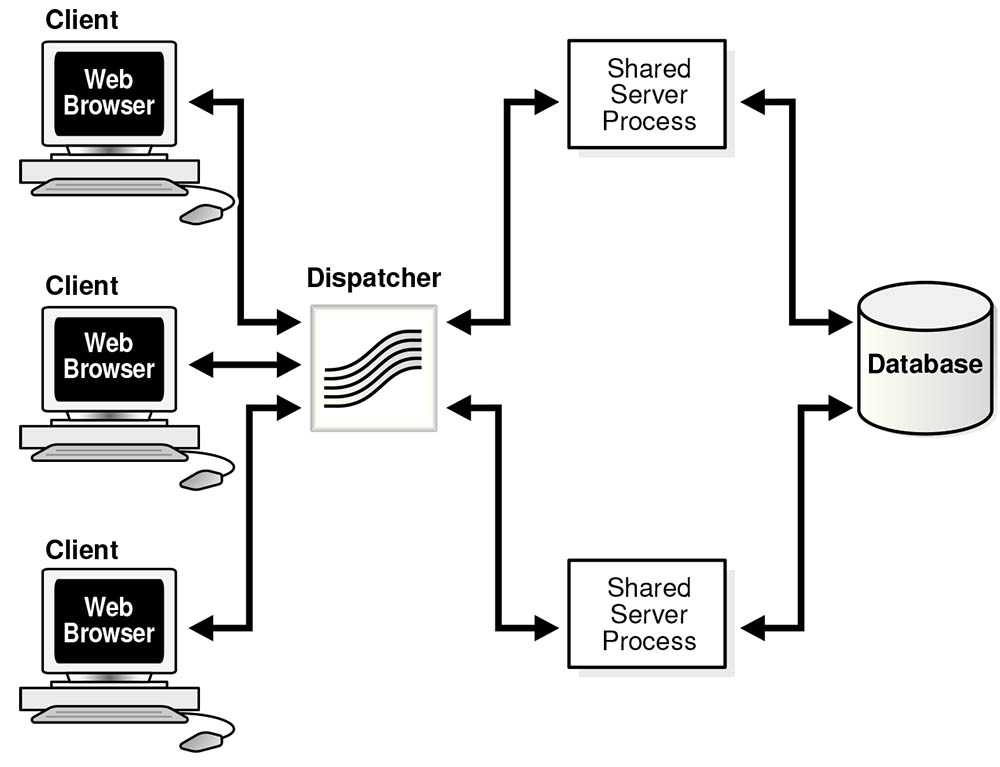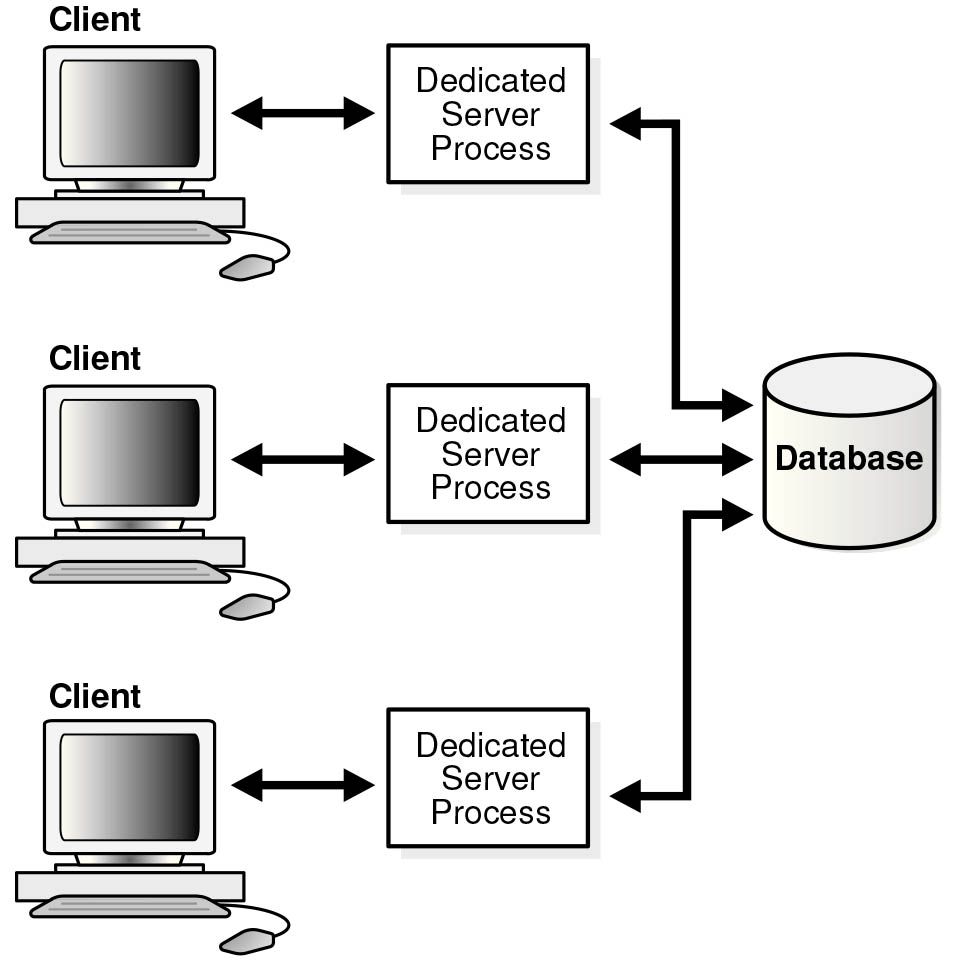- Creation Architecture
- SQL*Plus
- Oracle SQL*Plus
- Locating Oracle Home
- Shared Server Executable
- Starting Shared Server
- Shared Server Commands
- Disconnect Command
- Potential Mistake-commands
- Shared Server Help
- Describe Command
- Oracle Describe
- Spool Command
- Execute SQL
- Shared Server Conclusion
- Database Architecture
- Database File Types
- Initialization File
- Database Control File
- Oracle Datafiles
- Oracle Tablespaces
- Extract TS Information
- Redo Logs Crash-recovery
- Preserve Redo Logs
- Cycles Redo Log Files
- Redo Log Info
- Archived Redo Logs
- Architecture Conclusion
- Instance Architecture
- Difference instance Database
- Instance Overview
- Asynchronous Process Coordination
- System Global Area
- System Monitor Process
- Oracle Process Monitor
- dbw0 Database Writer
- Database Writing Time period
- Writing Dirty Buffers
- Checkpoint Trigger Database
- Limiting Dirty Buffers
- lgwr Log Writer
- Llog Writing Process
- Oracle Archiver Process
- Archive Log List
- CKPT Checkpoint Process
- Other Oracle Processes
- Memory Architecture
- System Global Area
- Database Buffer Cache
- Multiple Buffer Pools
- Redo Log Buffer
- Oracle Shared Pool
- SQL Command Matching
- Large Pool
- Program Global Area
- PGA Contents
- Sort Area
- SharedServer PGA
- Shared Server Areas
- Memory Architecture Conclusion
- Database Creation
- Database Environment
- OFA
- DB Initialization File
- Determining file Location
- Set Block Size
- Initial DB Files
- Sizing SGA
- Database Parameters
- DB Preparation Conclusion
- DBCreate Commands
- Create Database Command
- Create Oracle Service
- Running pupbld Script
- Starting Oracle Instance
Understanding Shared Server Architecture
The Oracle Database shared server architecture increases the scalability of applications and the number of clients that can simultaneously be connected to the database.
The shared server architecture also enables existing applications to scale up without making any changes to the application itself.
When using a shared server[1] , clients do not communicate directly with a database server process, a database process that handles a client's requests on behalf of a database. Instead, client requests are routed to one or more dispatchers. The dispatchers place the client requests in a common queue. An idle shared server from the shared pool of server processes picks up and processes a request from the queue. This means a small pool of server processes can serve a large number of clients.
Figure 5-11.1 and 5-11.2 show the basic difference between
When using a shared server[1] , clients do not communicate directly with a database server process, a database process that handles a client's requests on behalf of a database. Instead, client requests are routed to one or more dispatchers. The dispatchers place the client requests in a common queue. An idle shared server from the shared pool of server processes picks up and processes a request from the queue. This means a small pool of server processes can serve a large number of clients.
Figure 5-11.1 and 5-11.2 show the basic difference between
- the shared server connection model and
- the traditional dedicated server connection model.


[1]shared server: A database configuration that enables multiple client processes to share a small number of server processes.